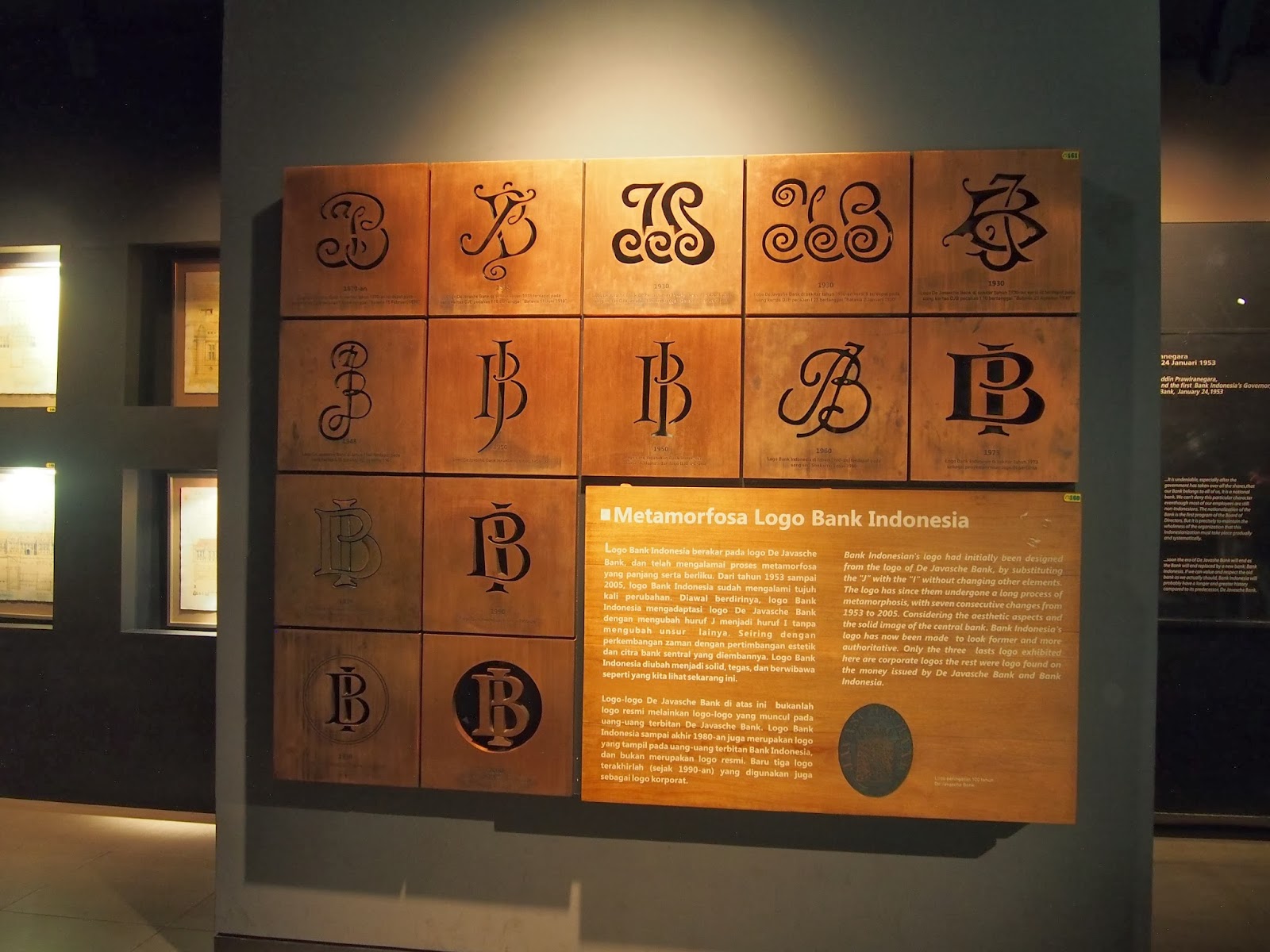 |
| Sunda Kelapa port is today serve ships from other islands across Indonesia. Everyday we can see loading and discharging activities at the port. |
After more than 10 years living in Jakarta, finally I made a mini trip to the Old City of Jakarta. So what is interesting about the Old City? My house is only a stone-throwed away from the location (20 minutes by car, not very close though :D), but the old city area didn’t succeed to impress me for such a long time.
But that would be changed soon. Because my last visit to the old city was really great. I found many things interesting.
The history begun in twelfth century when Padjadjaran Kingdom built Kalapa (Sunda Kelapa) port which had a significance role on shipping and trade. The ships came from Java, Sumatera, Sulawesi also Asia and Europe. Portugese was the first European who came to the Kalapa port and took all controls at the port.
But that would be changed soon. Because my last visit to the old city was really great. I found many things interesting.
 |
| An abandoned old building |
The history begun in twelfth century when Padjadjaran Kingdom built Kalapa (Sunda Kelapa) port which had a significance role on shipping and trade. The ships came from Java, Sumatera, Sulawesi also Asia and Europe. Portugese was the first European who came to the Kalapa port and took all controls at the port.
Fatahillah was the commander of Demak Kingdom who had the duty to take back Kalapa port. He suceeded and changed the name Sunda Kelapa to Jayakarta to celebrate the victory on June 22, 1527.
But in 1619 when the second Dutch
East India government (VOC), JP Coen ruled, Jayakarta was changed to Batavia.
Coen also changed the port to be more European style. |
| Toko Merah was Baron Van Imhoff house, he was one of VOC Governor General |
Batavia was survive until 1942-1943 when the Japanese took over and restored to older name, Jayakarta.
 |
| This building might be owned by Tulus Redjo |
The old city area is easily access from anywhere around Jakarta, there is a TransJakarta shelter and Stasiun Kota nearby. From here we could take bajaj, rent a bike or even walk to go around.
From Transjakarta Stasiun Kota
shelter, I took a walk to the Kali Besar area. I passed by the Kali Besar
bridge. It’s very smelly and the water colored dark green all the time.
 |
| Kali Besar |

I walk a little further to Kali Besar Barat street, where I found a big hotel, d’Riviera hotel. Not far from the hotel there’s a bridge named ‘Jembatan Kota Intan’ (Diamond City Bridge). This used to be a mechanic bridge, when a boat passed by, the bridge opened. The bridge is now preserved to maintain it’s original construction.
As the trade from Asia to Europe increased, VOC built more warehouses to store more spices and plantation products in 1652-1759. During Japan occupation, these buildings were used as logistic for Japanese military.
In 1976 the building was handed over to DKI Jakarta administration and declared as historical monument.
In 1977, the building opened as Maritime Museum.
In 1977, the building opened as Maritime Museum.
 |
| The buildings had many big windows for good air circulation, so the spices could be stored in a long time |
The museum has many collections of ships to describe Indonesian maritime history. Not only miniatures, there also traditional ships from across Indonesia.
Observing the maritime museum was
such an interesting time. There’re many ship
miniatures made of woods which describe how great Indonesian ancestor as
sailors.
 |
| Syahbandar Tower |
 |
| Ships miniatures in Maritime Museum |
VOC Galangan (dockyards) was constructed in 1628. Beside constructed small ships, the dockyard also served big ships for maintenance or repairing.
The building is still well maintained and now used as a restaurant.
 |
| VOC dockyard |
Syahbandar tower is just across the street from the dockyard. It's constructed in 1839 by Netherland Indies government, which was
used as an observing tower. The 12 m tall building used to be the highest
buiding in Batavia. From the 3rd floor, we can observe activities at Sunda Kelapa port.
 |
| 'Onthel' bikes for rent at Fatahillah Museum |
Museum Fatahillah was occupied as City Hall, built in 1620 by General Governor JP Coen. The city hall was also used as Raad Van Justitie or justice council which handled civil and criminal cases in Batavia. The building was also used as jail. The prisoner accused guilty would be hung at the Staadhuis which was the plaza in front of city hall.
Now the city hall has become a recreational plaza which always crowded on the weekend. There are many activities to do, we can rent a bike to go around Jakarta old city, just sitting on Batavia Cafe or take photograph with human statue.
We can also enjoy Betawi traditional foods such as kerak telor (chicken or duck egg fried with sticky rice and grated coconut until it gets crust), soto mie (noodle, cabbage and other ingredients with curry seasoning), es selendang mayang (colorful rice porridge with ice) and many other foods street.
 |
| Various kinds of food street |
Not far from Fatahillan Museum. we can find Bank Indonesia and Mandiri Museum. Bank Indonesia museum was De Javasche Building, built in 1828. This is an audio visual museum, with electronic displays and diorama which describe history of Indonesian monetary, especially Bank Indonesia roles in Indonesian economy.
 |
| Old office equipments |
 |
| Ornament in Museum Mandiri was brought from Netherland |
 |
| Jakarta Kota Station serves as a main station for several intercity train (Argo Train) lines across Java Island. This station also serves three of the six commuter lines , which operate in the Jakarta metropolitan area and its surroundings. |




Tidak ada komentar:
Posting Komentar